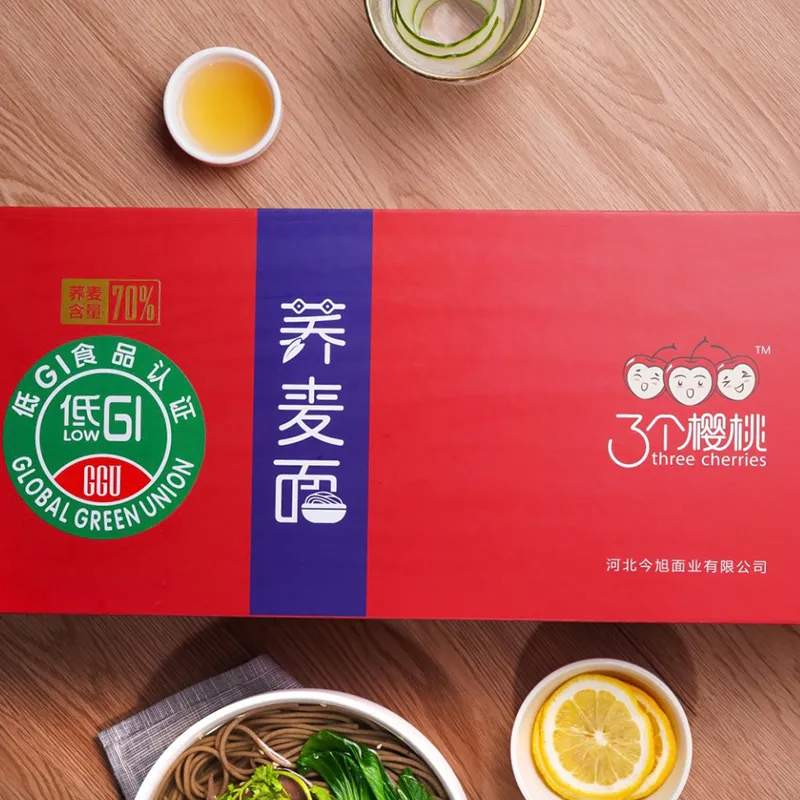Understanding the Distinction Between Bolognese Sauce and Spaghetti Dishes
When discussing Italian cuisine, few dishes evoke as much passion and debate as spaghetti and Bolognese. While many people use the term spaghetti Bolognese to describe a classic spaghetti dish topped with a meat sauce, understanding the nuances between spaghetti and Bolognese reveals a deeper appreciation for Italian culinary traditions.
First, let’s break down the components spaghetti is a type of pasta that has a long, thin shape and is one of the most well-known pasta varieties globally. Its name derives from the Italian word spaghi, meaning lengths of cord, which aptly describes its appearance. Traditionally, spaghetti is made from durum wheat semolina and water, resulting in a firm texture when cooked al dente, which is essential for holding onto sauces effectively.
Bolognese, on the other hand, refers to a specific meat-based sauce, known in Italy as ragù alla Bolognese. This sauce hails from the city of Bologna and has its culinary roots deeply embedded in local history. True Bolognese sauce is a labor of love, characterized by a mix of finely chopped meats—typically beef and sometimes pork—cooked slowly with onions, carrots, celery, and tomatoes. Unlike the tomato-heavy sauces commonly used with spaghetti in many parts of the world, authentic Bolognese is richer and more complex, often incorporating white wine and a touch of cream or milk to soften the acidity of the tomatoes and enhance the flavor.
The true difference, therefore, lies not only in the ingredients but also in the preparation and cultural context. In Italy, Bolognese sauce is traditionally served with tagliatelle, a broader, flat pasta that better adheres to the sauce, allowing for a more luxurious dining experience. However, in many other places, particularly in English-speaking countries, the image of spaghetti topped with Bolognese sauce has become a beloved staple. This pairing has led to the popular, if somewhat inaccurate, label of spaghetti Bolognese as an Italian classic.
what is the difference between bolognese and spaghetti?

Culinary purists often argue that calling the dish spaghetti Bolognese is misleading, as it suggests a symbiotic relationship that doesn’t exist in traditional Italian cooking. It is more accurate to refer to it simply as spaghetti with meat sauce when incorporating this beloved dish into a broader discussion of pasta dishes. At its heart, the real essence of a Bolognese sauce transcends the pasta one chooses to accompany it; it’s about creating a well-balanced sauce that presents a medley of flavors and textures.
Moreover, regional variations of Bolognese exist across Italy, with different areas putting their own spin on the classic recipe. Some versions might include additional ingredients such as pancetta, nutmeg, or even liver, showcasing local agricultural products and personal interpretations. That richness and diversity highlight the adaptability of Bolognese sauce beyond just one specific recipe.
In summary, while spaghetti and Bolognese are often presented together on plates around the world, they are distinct components of Italian cuisine that warrant separate recognition. Spaghetti is a beloved pasta, known for its versatility, while Bolognese is a rich, hearty sauce with deep historical roots in Bologna. Understanding these differences not only enhances one’s culinary knowledge but also cultivates a greater respect for the intricacies of Italian cooking. The melding of these two elements into spaghetti Bolognese may have become a cultural phenomenon, but appreciating them individually allows for a richer exploration of flavors and traditions.
-
Unleash Your Inner Chef with Delectable Italian Pasta CreationsNewsAug.01,2025
-
Savor Health and Flavor: Irresistible Soba Noodles for Sale Await!NewsAug.01,2025
-
Nourish Your Body with Premium Organic Ramen - A Culinary Delight AwaitsNewsAug.01,2025
-
Elevate Your Dishes with Our Exquisite Kinds of Egg NoodlesNewsAug.01,2025
-
Dive into Flavorful Convenience with Our Ramen OfferingsNewsAug.01,2025
-
Discover Exquisite Types of Naengmyeon and Chilled Soba NoodlesNewsAug.01,2025
-
Is Whole Wheat Pasta Healthy?NewsMay.30,2025
Browse qua the following product new the we

















































































































